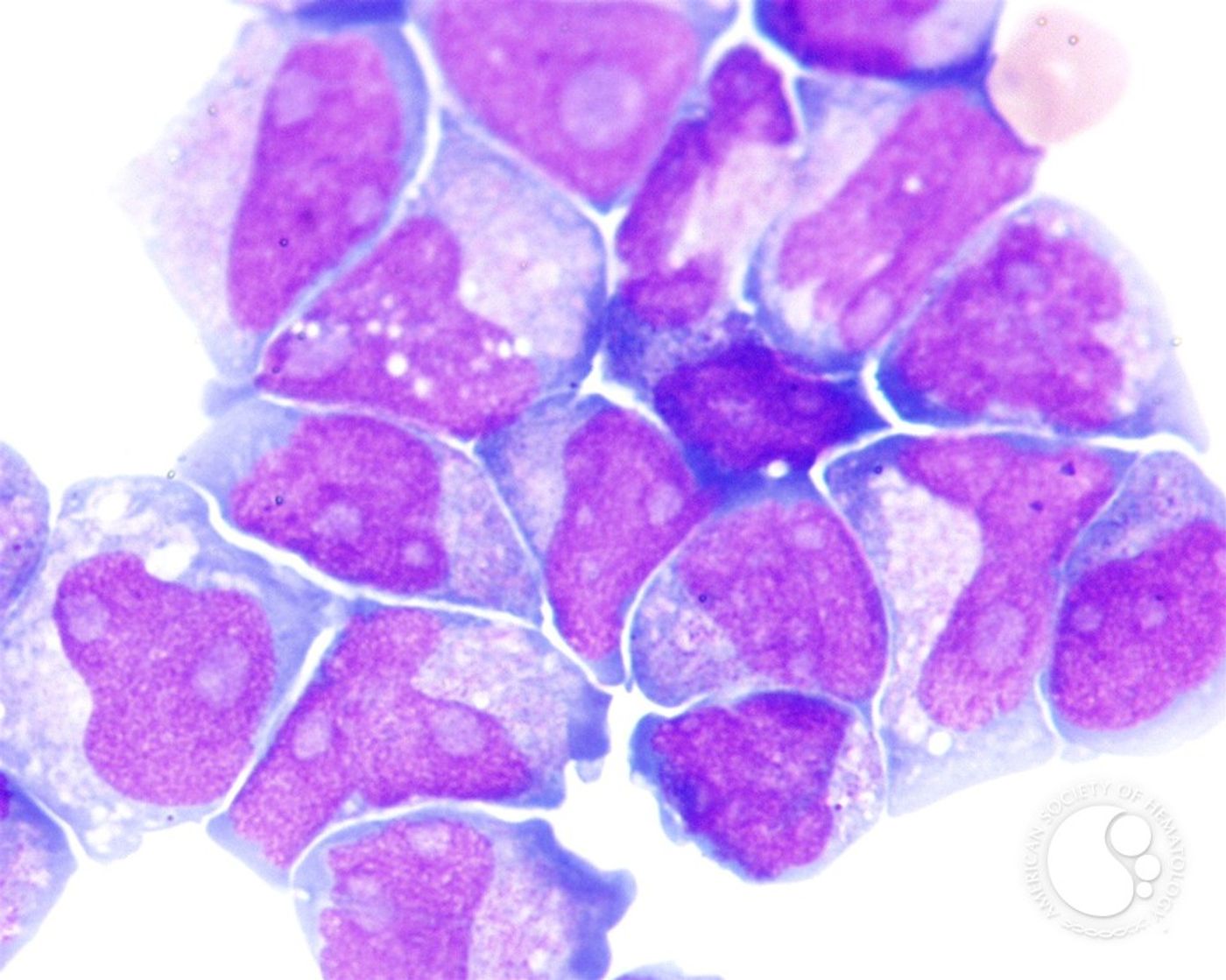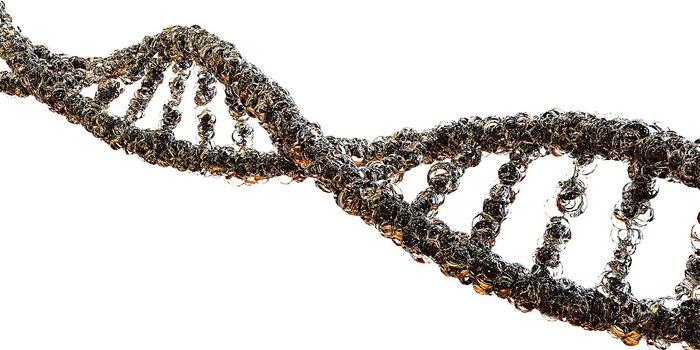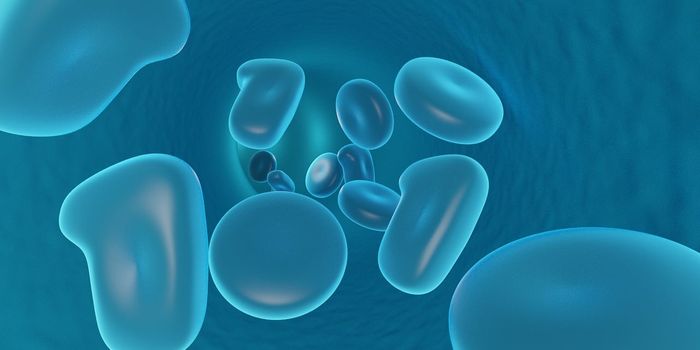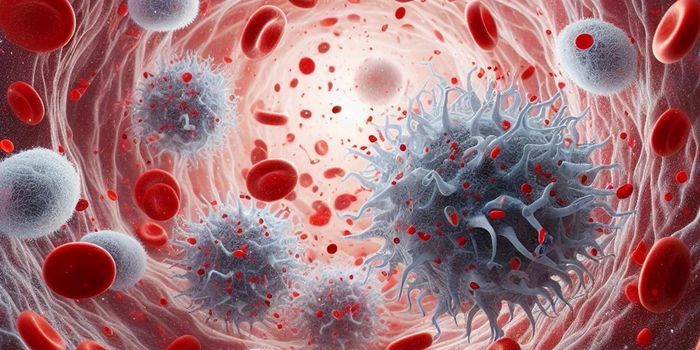For high-risk cancer patients with acute myeloid leukemia (AML), oncologists are interested in supplementing bone marrow transplants with a new, experimental treatment with genetically engineered T cells. The first study was conducted in a small number of patients, but scientists believe that there will soon be more studies like it done due to the successful results.
From the Fred Hutchison Cancer Research Center, scientists took in 12 patients with high-risk AML who had received a bone marrow transplant that put them in remission. The patients were all considered to be high-risk due to genetic factors or other disease characteristics that reduced the chance of remaining in remission following a bone marrow transplant. Following the transplant procedure, researchers continued with a treatment of genetically engineered T cells.
T cells from the treatment were extracted from each patient’s own transplant donor. After extraction, the cells were genetically engineered to express receptors on their cell surface that recognize very specifically a target molecule, called WT1. This molecule is much more highly concentrated in leukemia cells than non-cancerous cells, which helps the T cells distinguish tumor cells from healthy cells.
After a median follow-up of time of two years, all 12 of the study’s participants were still in remission. The combination of a bone marrow transplant and T cell therapy is what study leader Dr. Aude Chapuis believes is the secret to the success of the treatment. It “might actually be helping patients who have a high risk of relapsing,” she explained.
The findings observed in this study differ from what scientists saw in previous studies where AML patients received a transplant but no genetically engineered T cells. Instead of remaining in remission, around 25 percent of the transplant-only patients relapsed within 10 months.
Chapuis’s study was just the first trial using this strategy. Their experimental group was indeed small, but studying high-risk group of AML patients provided them the most extreme case to prove that their treatment combination would be effective.
Chapuis, who treats cancer patients at Seattle Cancer Care Analysis, says that her source of inspiration for the work that she does is the patients she sees everyday undergoing bone marrow transplants. “I’m always horrified by the intense treatment that we inflict on bone marrow transplant patients and the hardship that we make them go through,” Chapuis said. “I really think we can do better. That’s why I’m doing this.”
Source:
Fred Hutchison Cancer Research Center









